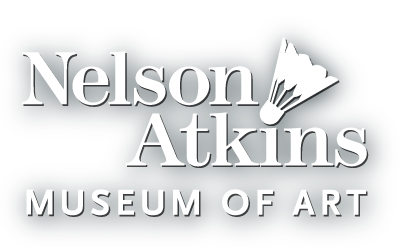Dish
CultureSpanish
Datemid-15th century
MediumRed earthenware with tin glaze and copper-colored lustre
DimensionsOverall: 3 1/4 × 17 1/4 inches (8.26 × 43.82 cm)
Credit LinePurchase: William Rockhill Nelson Trust
Object number32-71
On View
On viewGallery Location
- 108
Collections
DescriptionLarge Hispano Moresque Lustre Plate, decorated with blue vine leaves and flowers, in the center the monogram of Christ in gold, on the back a large eagle with outspread wings.Gallery LabelThe technique of using metallic lustre for the decoration of tin glazed pottery was brought to southern Spain by Islamic craftsmen who produced pottery there by the thirteenth century. Lustred pottery was made at Manises (near Valencia) in Christian northern Spain in the fourteenth century, and the distinctive "Hispano Moresque" wares of that region came to be widely exported throughout Europe. In Italy, where it was especially popular with the Tuscan aristocracy, this ware was known as maiolica. As Italian potteries prospered and exported their own wares, the term maiolica broadened to include tin glazed earthenwares made in Italy.
Information about a particular artwork or image, including provenance information,
is based upon historic information and may not be currently accurate or complete.
Research on artwork and images is an ongoing process, and the information about a
particular artwork or image may not reflect the most current information available to the Museum.
If you notice a mistake or have additional information about a particular artwork or image,
please e-mail provenance@nelson-atkins.org.














